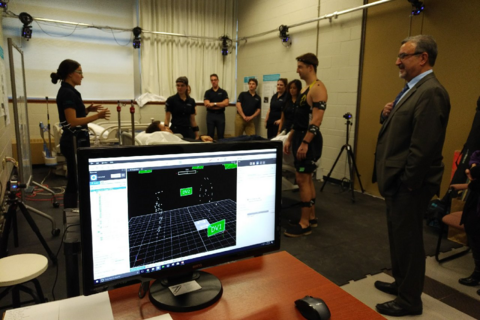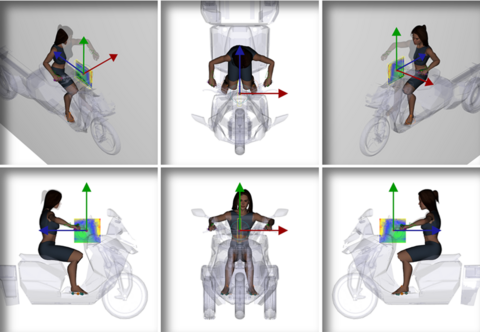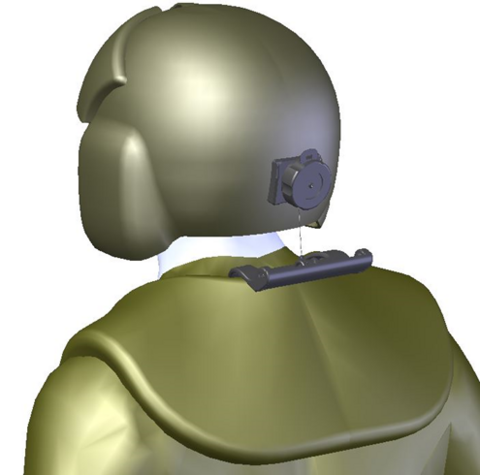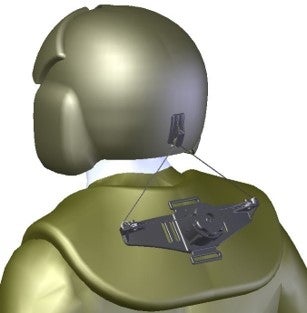The Occupational Biomechanics and Ergonomics Lab (OBEL) is committed to research that can optimize human performance in the workplace. Achieving this goal, OBEL's research program spans four research themes. Our fundamental research theme explores determinants of movement behaviour in the workplace. We then exploit this knowledge within three applied research themes targeting functional capacity evaluation, digital human modeling and product design.

Discovery determinant of movement behaviour
This use-inspired fundamental line of inquiry explores the links between movement strategies and characteristics of the person (e.g. gender, strength, range-of-motion, etc.), and/or task (e.g. repetitive lifting). By uniting underlying theory in motor control (e.g. optimal feedback control, dynamic systems theory), ergonomics (e.g. sociotechnical systems theory) and biomechanics (e.g. fatigue-failure hypothesis), OBEL aims to design clever and novel experiments to uncover how task-design parameters and unique individual characteristics shape our movement strategies.

Advancing functional capacity evaluation
Functional capacity evaluation plays a central role in job matching, the process of matching a worker’s capabilities to their prospective job demands. Although very commonly used in practice, the functional capacity evaluation literature shares little connection to the prevailing biomechanics and motor control literature. This line of inquiry explores how the principles of biomechanics and motor control can be exploited to advance job matching and return-to-work to optimize workplace performance and prevent musculoskeletal disorders.
Advancing digital human modeling
Digital human models (DHMs) allow designers, engineers and ergonomists to explore and assess human-machine interactions virtually. However, the quality of virtual assessment depends directly on the quality of DHM-based predictions of human movement and capability. Within this theme, OBEL evaluates the strengths and limitations associated with the predictive capabilities of DHM software. We then use those findings to inform novel experiments to generate new knowledge to continuously improve the predictive capabilities of DHM approaches.



Inform better, safer products
The utility and benefit of an ergonomic product depends on many factors such as comfort, biomechanical exposure and performance. However, traditional approaches to product design have often failed to consider the interaction between design and neuromechanical performance. Leveraging fundamental knowledge from our determinants of movement behaviour theme, we blend principles of biomechanics, motor control and ergonomics to develop new ways to evaluate and improve the design of ergonomic products.
